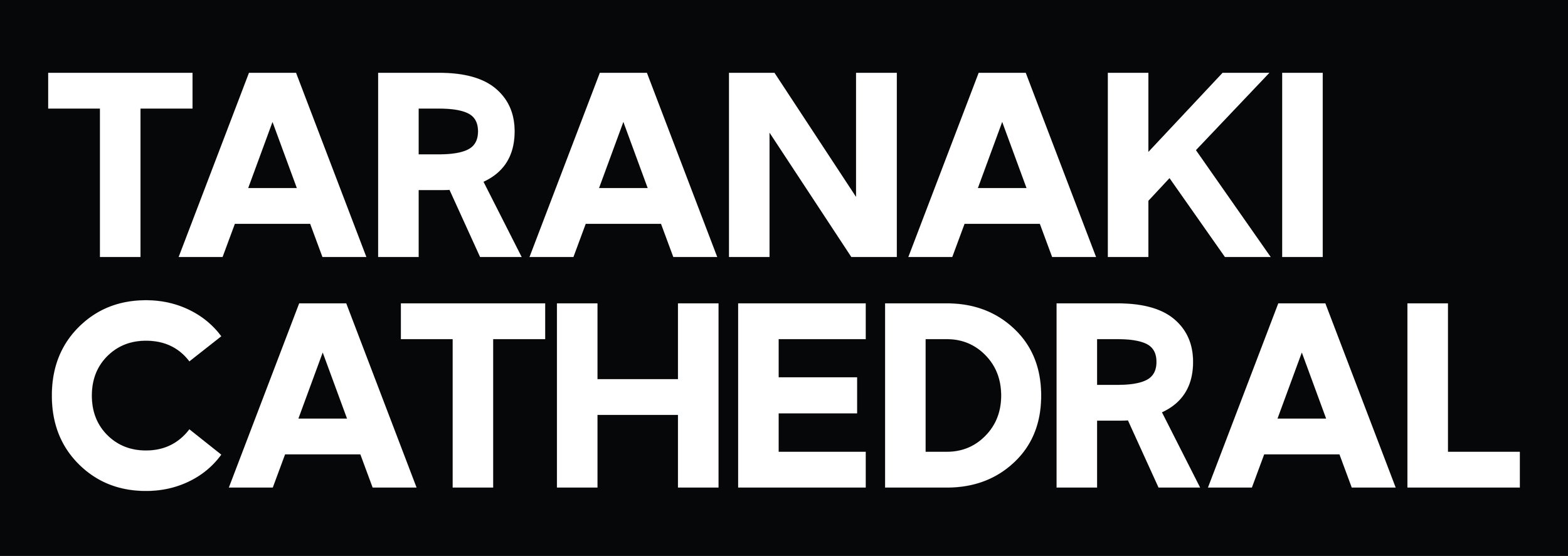Glastonbury thorn
An ancient, scrappy-looking tree sits on Vivian Street, welcoming visitors to Taranaki Cathedral. It is known as a Glastonbury Thorn, with thorns so dramatic that it’s no surprise that some think the tree descends from the crown of thorns Christ wore. Reverend Henry Govett, one of St Mary’s first priests, must have considered the legends surrounding the tree when he collected a cutting from England and planted it outside St Mary’s Church. The tree is actually just a Common Hawthorn, but is traditionally linked with stories of the Holy Grail and the arrival of Christianity in Britain.
According to legend, Joseph of Arimathea, the man who buried Christ, visited Glastonbury, England and thrust his staff into the ground, which took root overnight and grew into the Glastonbury thorn tree. Arthurian legends say Joseph of Arimathea was also the Holy Grail’s first keeper, the cup Christ used at the Last Supper, which some believed he buried beneath the Glastonbury Thorn.
When Rev. Govett planted our Glastonbury Thorn in 1859, he would not have imagined what the humble looking tree would mean for Taranaki Cathedral today. While the above story of Joseph of Arimathea is of mythic proportions, the myth points to the truth that the gospel of Christ made a home in the Indigenous European world, in the world of the Britons, the Celts and the Picts, well before the Anglo-Saxon arrived.
Our story of Christianity and colonisation in New Zealand is usually framed in terms of Māori versus Pākehā, or the Indigenous versus the Anglo-colonisers. Of course, there is a brutal truth in that, however, what can get lost in the noise is the whakapapa–the genealogy–of what it means to be of European descent. Many European New Zealanders are disconnected from their own indigenous roots in lands and tribes that hail back to the mysterious legends of the United Kingdom and Ireland.
While it sure is no Tōtara, Kauri or Oak, the Glastonbury Thorn, planted in our contested soil, speaks to us on a level more ancient than 1840s colonial history. Christianity predates Anglophonic colonisation, even in England. The pre-colonial tribes of ancient England received the story of Christ and amalgamated it into their narratives well before the Anglo-Saxon invasion. The work of Christ flourished in ancient pre-Western ways.
Our tree reminds us of this. It reminds us that our history extends well before St Mary’s, the oldest stone church in Aotearoa. We are older than we think. This broad historical view reminds us how the Māori world received Christ through indigenous paradigms that made sense in the old world. Who knew a prickly tree could do that?
For more, check out these links:
https://www.taranaki.gen.nz/glastonbury
https://jury.co.nz/2014/04/17/an-easter-legend-the-glastonbury-thorn


